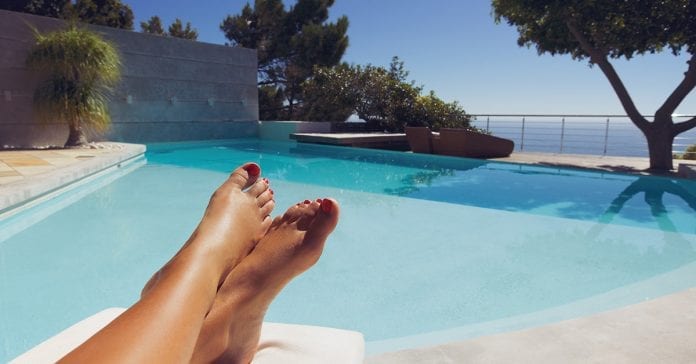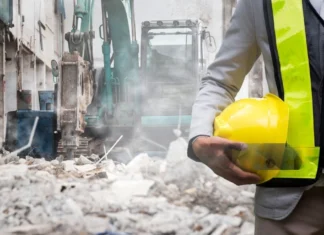If you have the time and experience to maintain your pool regularly, this is great. However, if you are not sure what to do, it is best to consult with experts. Even if you have the time and the will to take care of your pool – consider inviting a professional to inspect it and equipment at least once a year. He may see something that may be missed or forgotten, or you didn’t even know. And what you need to know about swimming pool maintenance, we will try to reveal it in this text.
Pool – Great Summer Refreshment But Also A Big Responsibility
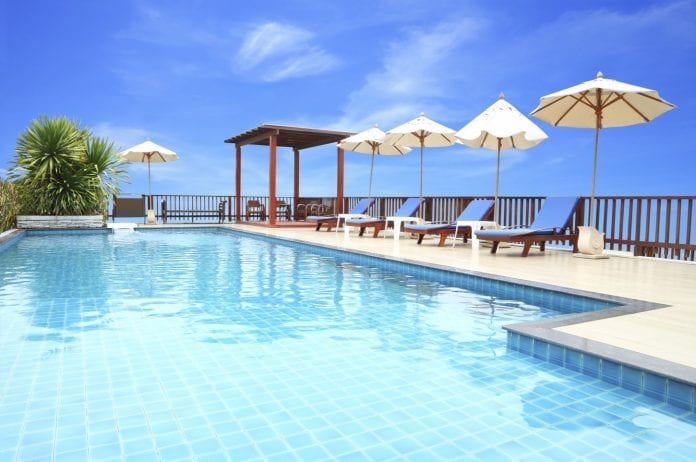
The summer heat is sometimes just unbearable and you have to think of something to somehow fit the pool behind the house well enough to give you the much-desired refreshment. But, in the blink of an eye, countless questionnaires pop up over your head. It’s because you simply have no idea how to take care of it, what you need to maintain it, and how to know if the water you are using is good for the pool. No worries, we sought the answers to these and many other questions – and now it is up to you to follow the instructions carefully and just enjoy yourself carelessly.
Various Types

Pools are distinguished as fixed and dismantled. Removals are popular right now because they are easy to assemble and adapt to the current needs of the owner. Their dimensions range up to thirty square meters and vary in several types – from ordinary inflatables to more serious ones of 1.30 meters deep with metal construction. As a rule, the dismantling ones are above ground and do not burrow.
Preparing For The Swimming Season
Pool preparation for the swimming season is the same for all types. Equipment needs to be inspected, any malfunctions repaired and equipment and the pool thoroughly cleaned. It is especially important to check for connections where water should never be released, and all equipment should work flawlessly before commissioning. Sometimes in the fall, the equipment has worked, and in the spring the next time it fails. This is because of corrosion or poor storage.
Filling The Pool
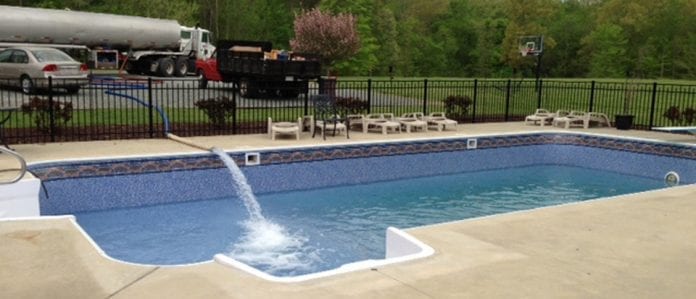
Good preparation is followed by filling, and as the pool requires a large amount of water, it is advisable to find the cheapest source – taking care of health. It is not uncommon for people to use water from a lake or river that has not been treated, so it requires a so-called initial shock chlorination and adjusting the pH to the ideal level – while tap water has already been treated and requires less initial treatment. This is followed by maintaining the water quality, which, with regular mechanical cleaning and the help of a filter pump, should also be chemically balanced.
Disinfection
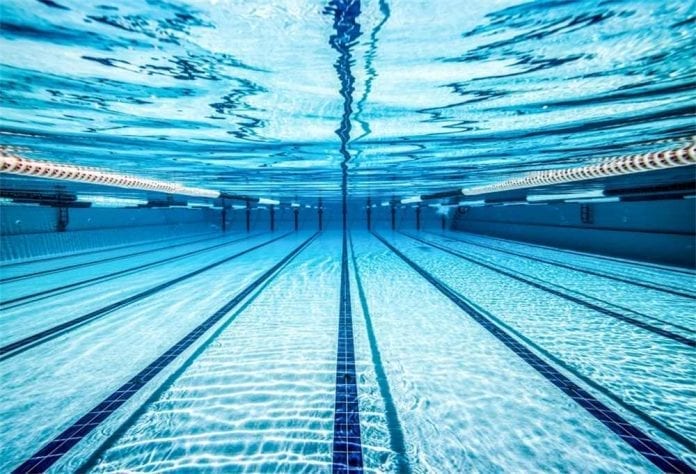
For this purpose, chlorine is mostly used – as well as various bromine or salt-based water disinfectants that can be found on the market. We should also mention multifunctional tablets containing chlorine and algaecide and salt-cells. They are placed in a filter or float to keep in constant contact with water. If the water is not controlled, the pH is usually disturbed after the rain or the algicide disappears and the algae multiply. If you’re not familiar with their use, visit here for more information about these products. Unreliable or untested agents should be avoided to maintain water quality as all chemicals used for disinfection are strong poisons – including chlorine. Therefore, the handling of tablets or granules should be taken very seriously. Mixing two different types of agents or manufacturers products should be avoided – and the deadline and instructions for use should be observed.
Checking Water Quality
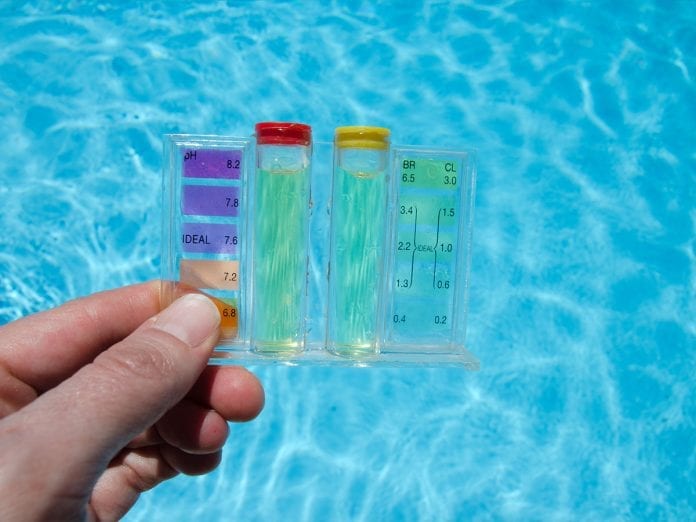
It is important to check the water regularly to notice the imbalance until it becomes a problem. Its optimum pH should be between 7.2 and 7.6. By using the pool or after heavy rain – the water is usually acidic. Therefore, the pH value should be lowered as algae and microorganisms that can damage health start to multiply at too high a value. Anyway, there is no need to worry about it, as its bottom and surface should be cleaned regularly. However, automatic devices certainly provide more accurate results, which can affect the proper operation of individual pool devices.
Pool Cleaning

The bottom of the pool is cleaned with a brush and a vacuum cleaner, and the surface with a dirt-trap. It should also be noted that it is a good idea to install a skimmer in prefabricated swimming pools because this way the dirt from the water surface directly enters the filter and does not fall to the bottom, which is the most difficult to clean because it is inaccessible. There are also robots for cleaning the walls and bottom on the market. They are great. If it is more than 20 square meters, a good robot is essential for good wall hygiene. We must add that the outdoor ones need to be completely emptied and thoroughly cleaned at least once a year, and it is important to take care of the equipment.
Filter Cleaning
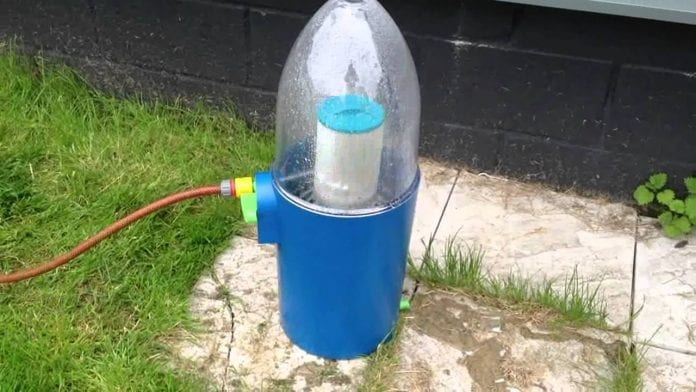
We should clean cardboard filters every week, and one cartridge can be used repeatedly until it loses its filtering power. Sand filters have several work programs and the pressure in it needs to be monitored. If it is too large, it’s sufficient to activate the self-cleaning program and thus remove the dirt from it. The sand filter is cleaned once a year, and the quartz sand used to fill it can be used for several seasons in a row. At the end of the bathing season, it is also important to worry about storage methods. If you do not disassemble the pool, it is good to leave water in it in the winter as it very often protects the walls and ceramics from decay. Equally, physical protection against ice such as floating plastic elements and hibernation fluid must be provided. It’s not a bad idea to cover the pool during the winter – experts say.

